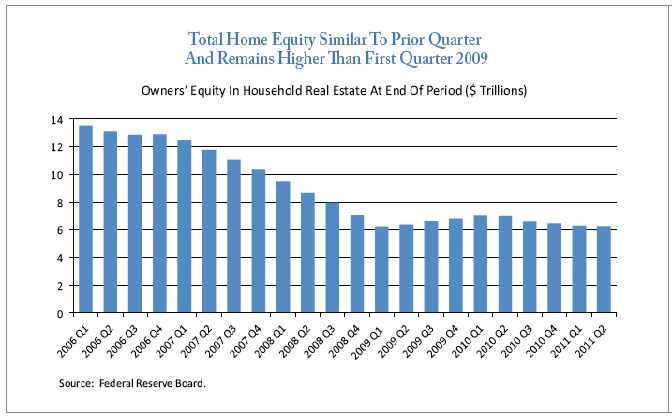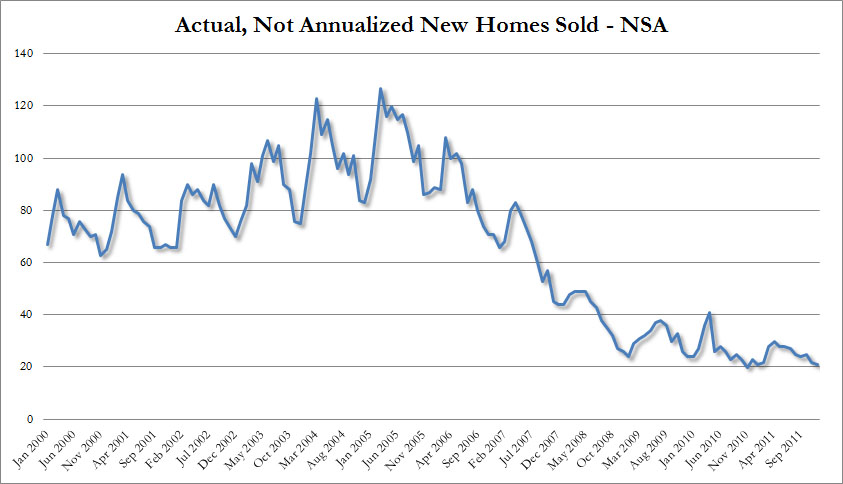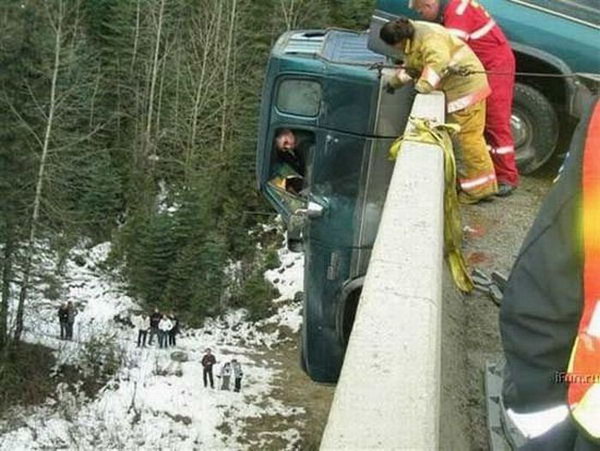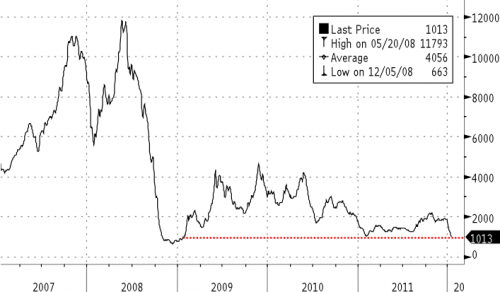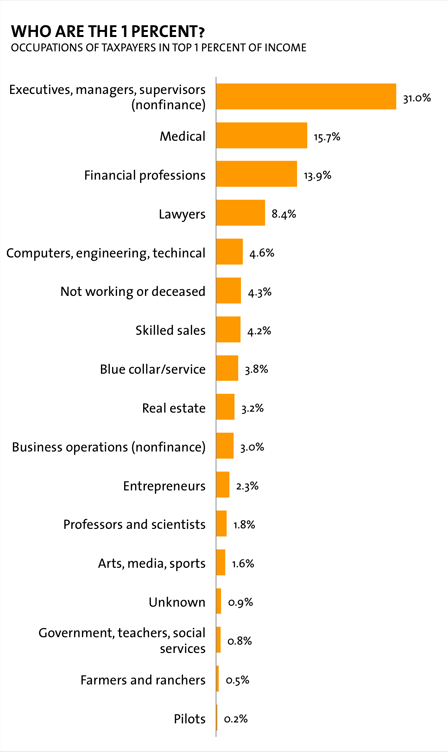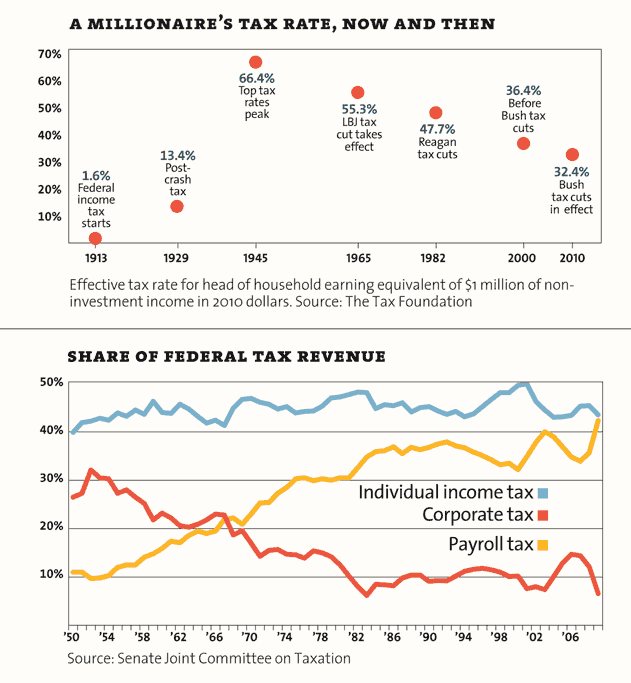Posted By thestatedtruth.com on January 19, 2012
It was going to happen sooner or later….a once mighty company, founded in 1880 by George Eastman and renamed Eastman Kodak in 1892, they controlled 90% of the film market by 1976, and were a part of the Dow Jones Industrial Average index for 74 years before being deleted in 2004.
But before anyone gets any grand ideas about the stock, it’s going to be worthless, just like K-mart, GM, American Airlines and a whole slew of others that went bankrupt in the past few years. Just because the stock stub trades with a small value for a time doesn’t mean it will have any real net settlement value. Once it comes out of bankruptcy, the stock will trade as EK (new), no relation to the old except for name. The (new) company that comes out of bankruptcy will cancel/retire the old stock and issue (new stock), most of which will go to bondholders, banks the union/retirement program, preferred share holders and maybe some vendors owed money. Stock holders are last in the pecking order to get anything and they usually don’t.
A good recent example of this is General Motors, the old stock in bankruptcy traded for pennies, now GM (new) stock trades at 24.50….the GM old stock was cancelled and worthless, the GM (new) is a whole different company out of reorganization and was given to: the banks for secured loans, bond holders, preferred share holders, the GM retirement plan and union along with some vendors and others that had a financial claim. Common stock holders got nothing. That’s right, zippo.
EK Files For BK…Bloomberg:
- *KODAK FILES FOR BANKRUPTCY IN NEW YORK
- *EASTMAN KODAK SECURES $950M IN DEBTOR-IN-POSSESSION FINANCING
- *KODAK TO MONETIZE NON-STRATEGIC INTELLECTUAL PROPERTY :EK US
- *EASTMAN KODAK SAYS NON-U.S. UNITS NOT INCLUDED IN U.S. FILING
- *KODAK SAYS CHAPTER 11 A `NECESSARY STEP’, `RIGHT THING TO DO’
- *KODAK EXPECTS TO PAY EMPLOYEE WAGES-BENEFITS :EK US
Eastman Kodak Company and Its U.S. Subsidiaries Commence Voluntary Chapter 11 Business Reorganization
Flow of Goods and Services to Customers to Continue Globally in Ordinary Course
Non-U.S. Subsidiaries Are Not Included in U.S. Filing and Are Not Subject to Court Supervision
Company Secures $950 million in Debtor-in-Possession Financing in U.S.
Kodak’s Reorganization to Facilitate Emergence as Profitable and Sustainable Enterprise
Business Wire
ROCHESTER, N.Y. — January 19, 2012
Eastman Kodak Company (“Kodak” or the “Company”) announced today that it and its U.S. subsidiaries filed voluntary petitions for chapter 11 business reorganization in the U.S. Bankruptcy Court for the Southern District of New York.
The business reorganization is intended to bolster liquidity in the U.S. and abroad, monetize non-strategic intellectual property, fairly resolve legacy liabilities, and enable the Company to focus on its most valuable business lines. The Company has made pioneering investments in digital and materials deposition technologies in recent years, generating approximately 75% of its revenue from digital businesses in 2011.
Kodak has obtained a fully-committed, $950 million debtor-in-possession credit facility with an 18-month maturity from Citigroup to enhance liquidity and working capital. The credit facility is subject to Court approval and other conditions precedent. The Company believes that it has sufficient liquidity to operate its business during chapter 11, and to continue the flow of goods and services to its customers in the ordinary course.
Kodak expects to pay employee wages and benefits and continue customer programs. Subsidiaries outside of the U.S. are not subject to proceedings and will honor all obligations to suppliers, whenever incurred. Kodak and its U.S. subsidiaries will honor all post-petition obligations to suppliers in the ordinary course.
“Kodak is taking a significant step toward enabling our enterprise to complete its transformation,” said Antonio M. Perez, Chairman and Chief Executive Officer. “At the same time as we have created our digital business, we have also already effectively exited certain traditional operations, closing 13 manufacturing plants and 130 processing labs, and reducing our workforce by 47,000 since 2003. Now we must complete the transformation by further addressing our cost structure and effectively monetizing non-core IP assets. We look forward to working with our stakeholders to emerge a lean, world-class, digital imaging and materials science company.”
“After considering the advantages of chapter 11 at this time, the Board of Directors and the entire senior management team unanimously believe that this is a necessary step and the right thing to do for the future of Kodak,” Mr. Perez continued. “Our goal is to maximize value for stakeholders, including our employees, retirees, creditors, and pension trustees. We are also committed to working with our valued customers.
“Chapter 11 gives us the best opportunities to maximize the value in two critical parts of our technology portfolio: our digital capture patents, which are essential for a wide range of mobile and other consumer electronic devices that capture digital images and have generated over $3 billion of licensing revenues since 2003; and our breakthrough printing and deposition technologies, which give Kodak a competitive advantage in our growing digital businesses.”
Mr. Perez concluded, “The Board of Directors, the senior management team and I would like to underscore our appreciation for the hard work and loyalty of our employees. Kodak exemplifies a culture of collaboration and innovation. Our employees embody that culture and are essential to our future success.”
Kodak has taken this step after preliminary discussions with key constituencies and intends to work toward a consensual reorganization in the best interests of its stakeholders. Kodak expects to complete its U.S.-based restructuring during 2013.
The Company and its Board of Directors are being advised by Lazard, FTI Consulting Inc. and Sullivan & Cromwell LLP. In addition, Dominic DiNapoli, Vice Chairman of FTI Consulting, will serve as Chief Restructuring Officer to support the management team as to restructuring matters during the chapter 11 case.
Category: Commentary, Economy, National News, Technology, Wall Street |
23 Comments »
Tags: Eastman Kodak Files BK, Kodak BK, Night Night Kodak



